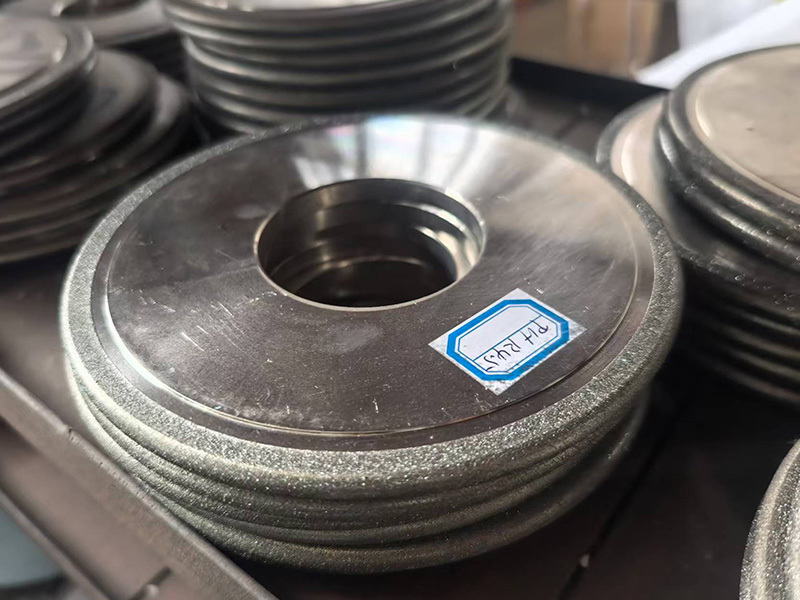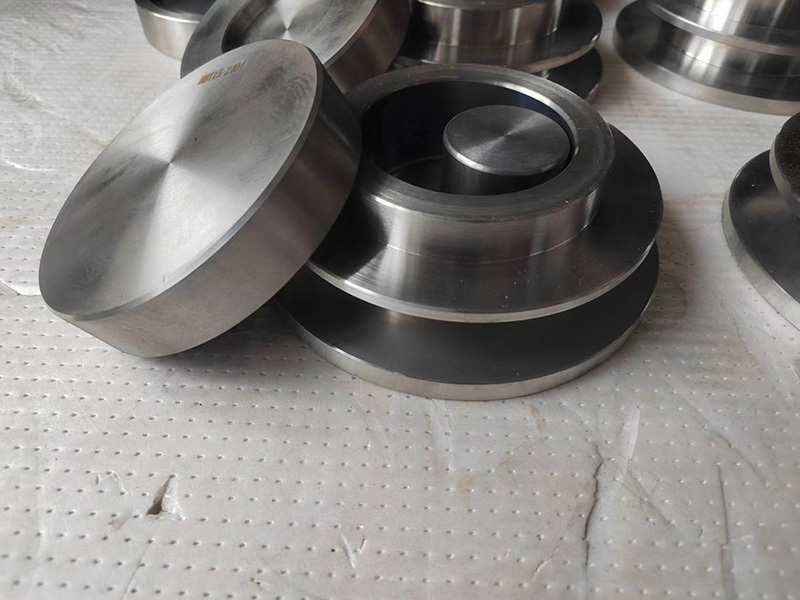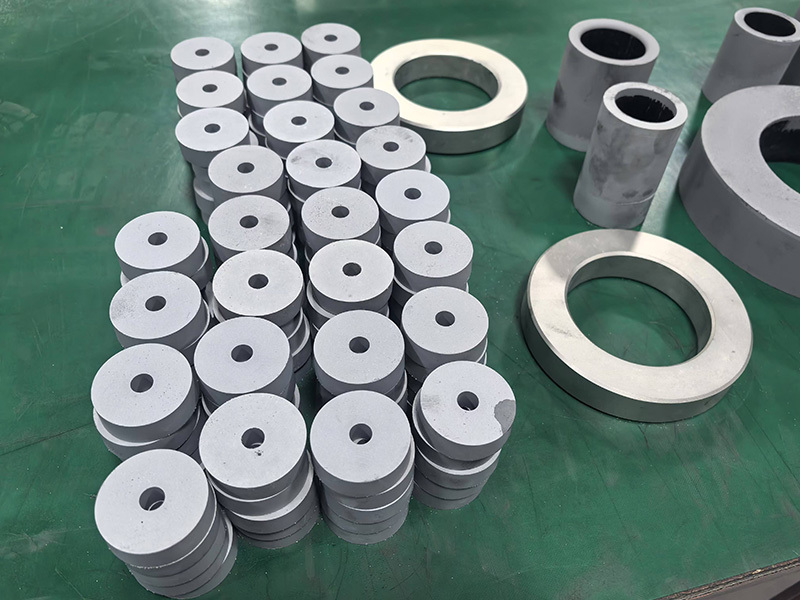Key Considerations for Using Hard Alloy Molds
Understanding Hard Alloy Molds
When it comes to precision manufacturing, hard alloy molds—or hard alloy molds—are often the unsung heroes of the industry. These robust tools are designed to withstand extreme conditions, making them a go-to choice for many manufacturers. But hold on! Using these molds isn't as simple as it seems. There are a few crucial considerations to keep in mind to ensure you get the most out of them.
The Benefits of Hard Alloy Molds
First off, let's chat about the perks. Hard alloy molds offer remarkable durability and can handle high production rates without losing their shape or efficiency. Imagine that! Less downtime and more output—sounds like a win-win, right? Plus, they're resistant to wear and tear, which means you won't have to replace them as frequently as other molds.
Consider the Material
Before diving headfirst into your next project, consider the material you're working with. Different materials have unique properties and react differently when cast in hard alloy molds. For instance, metals with high thermal conductivity can lead to faster cooling and, subsequently, a more efficient production process. So, choosing the right material is paramount!
Temperature Control is Key
Alright, let's get technical for a moment! One major consideration when working with hard alloy molds is temperature control. These molds often require specific thermal conditions to perform optimally. Too hot or too cold, and you might end up with defects in your final product. So, keep a close eye on the temperature to avoid any nasty surprises!
Proper Maintenance Matters
Just like a car needs regular oil changes, hard alloy molds require proper maintenance to stay in tip-top shape. Regular cleaning and inspection can help detect issues before they become major problems. Remember: a little TLC goes a long way! Neglecting this aspect could mean costly repairs or replacements down the line.
The Role of Cooling Systems
Speaking of maintenance, let's talk about cooling systems. A well-designed cooling system is crucial for maximizing the life and performance of your hard alloy molds. Efficient cooling can prevent overheating, which can lead to deformation and premature wear. Ensure your cooling systems are up to snuff to keep your molds performing like champs!
Watch Out for Contamination
Here's a tip that might save you a headache: always watch out for contamination! Any foreign substances can compromise the integrity of your molds and the quality of your products. Be vigilant about cleanliness in your workspace to avoid introducing any pesky contaminants.
Know When to Replace
Lastly, it's vital to know when it's time to say goodbye. No mold lasts forever, and hard alloy molds are no exception. Regularly assess their condition and performance. If you notice a decline in quality or efficiency, it might be time to invest in a new mold. It's better to replace it sooner than to risk a complete breakdown!
In Conclusion
So, there you have it! The world of hard alloy molds is filled with potential, but it also comes with its fair share of considerations. By keeping these tips in mind—material choice, temperature control, maintenance, cooling systems, contamination, and replacement—you can navigate this terrain with confidence. Embrace the power of hard alloy molds and watch your production soar!
Tags:
Related news










